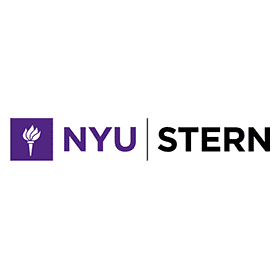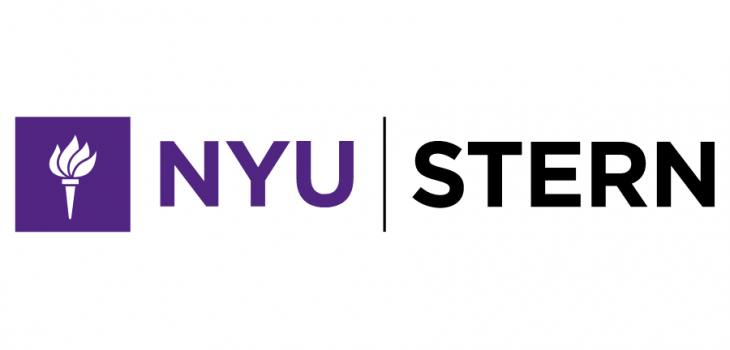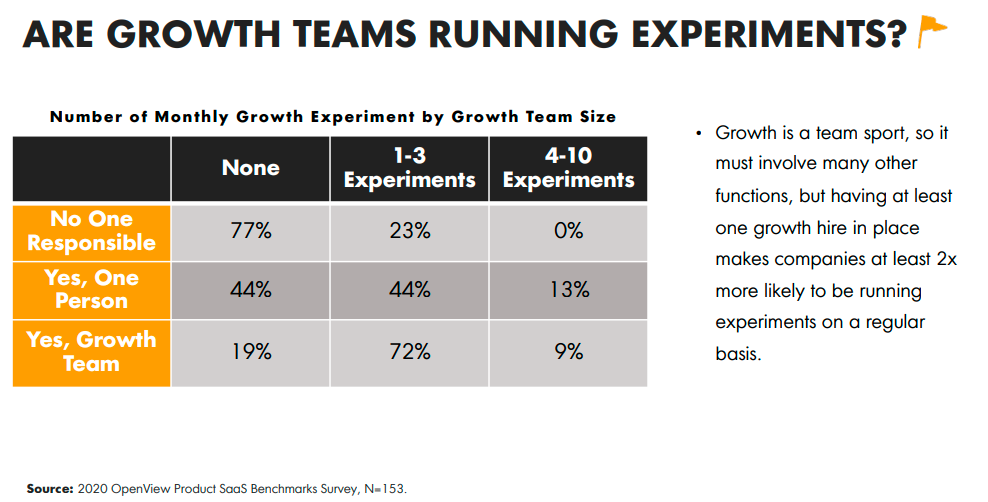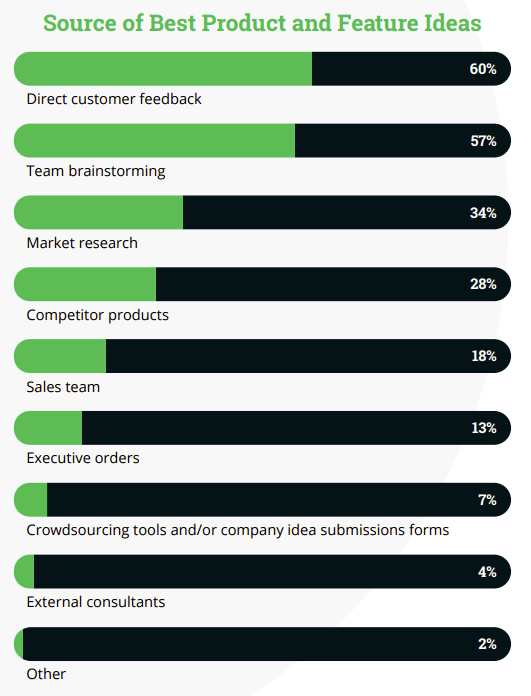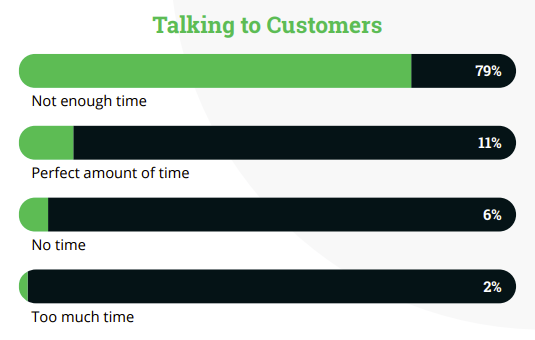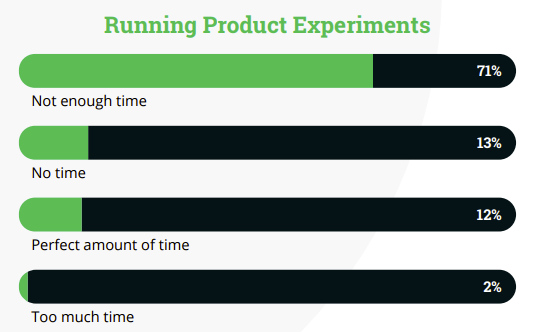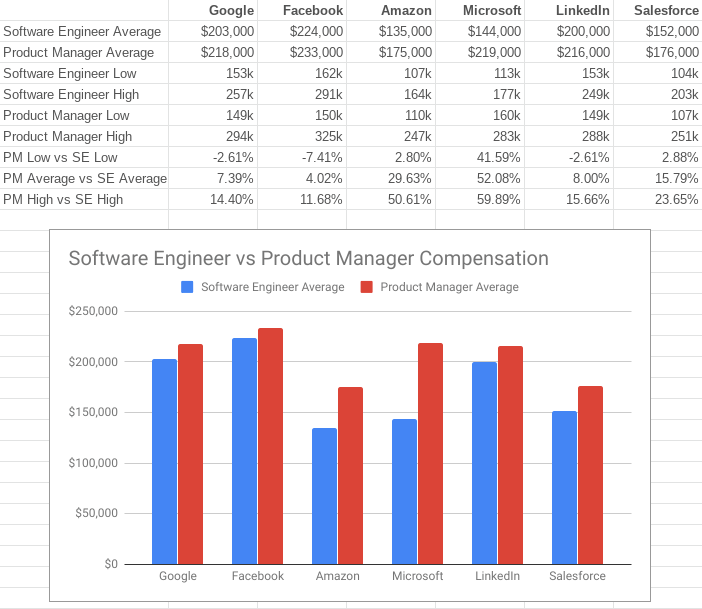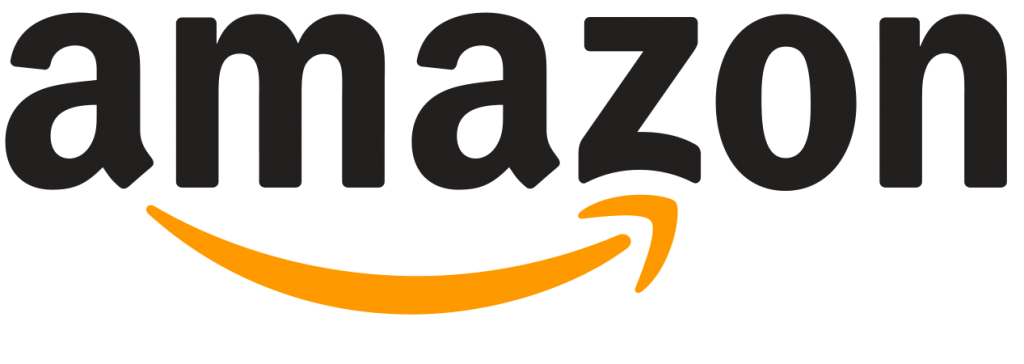
Working on tech skills as a PM
One question I’m often asked by PMs (or aspiring PMs) is how they can go deeper into the tech/engineering side if they don’t have that background. I generally don’t encourage PMs to take an “8 week coding” class to do that as it only teaches you basic engineering skills (e.g. how to write a for loop) you’re unlikely to use.
What’s most important is understanding how systems are designed (architecture) and how to talk to engineers about whether their designs support your product objectives. Unfortunately, there’s no book on this but I recently talked to the founder of a company called Skiplevel who targets this exact need.
She was an engineer at a large tech firm who often was tasked with upskilling non-tech PMs on tech and decided to spin it out into a company (what a great way to find a niche segment/problem and experiment before committing). It might be of interest for some of you and she’s offering a discount if you’re interested:
Is Skiplevel right for me?
Use discount code: ABNYU100 for $100 off (expires 11/30/22)
NOTE: this is not an ad and I’m not compensated in any way for this. Just a recommendation I thought interesting.



